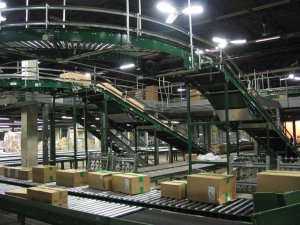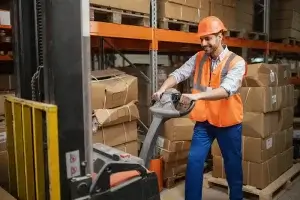Story Highlights: Warehouse automation can sound complicated, but it doesn’t have to be. Whether you run a...
Guides
Material Handling Equipment Guides – Free how-to and tutorial guides for material handling equipment from SJF.com.
Janae WitteSJF Material Handling Solutions Specialist Cantilever racking is an exceptional storage system that allows consumers to...
In the fast-paced world of warehousing, efficiency and productivity are key. While automation has become popular, pallet...
Today’s post is courtesy of Megan R. Nichols Material handling equipment is an investment. Industrial companies purchase...
Today’s post is courtesy of Megan R. Nichols When it comes to the supply chain, the most...


